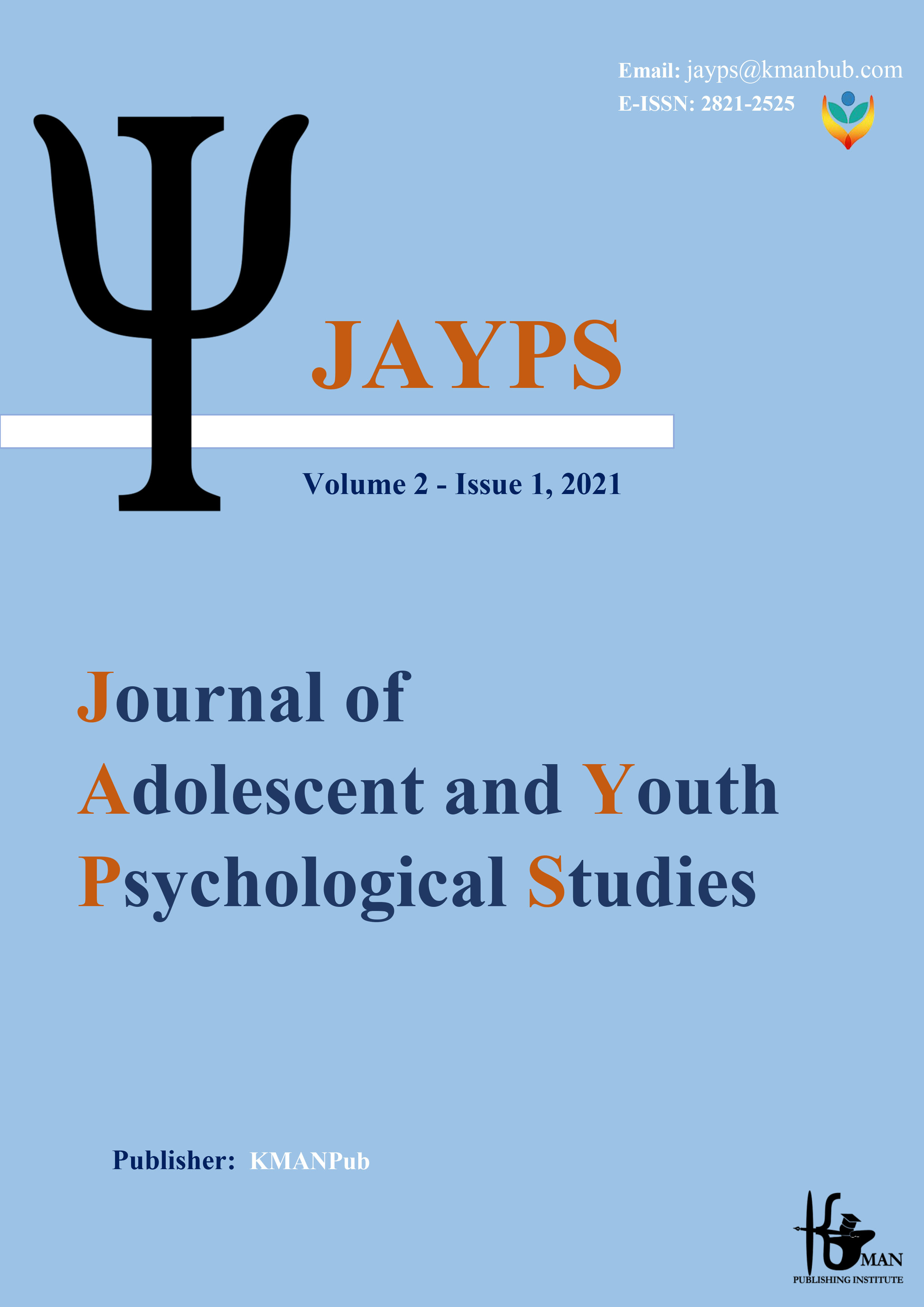Paradigm Model of Factors Affecting Academic Guidance for Appropriate Distribution of Students in Existing Disciplines with a Mixed Approach
Keywords:
Educational guidance model, population distribution, students, foundation dataAbstract
Background and Aim: The aim of the current research was to provide a paradigmatic model of factors affecting academic guidance for the appropriate distribution of students in existing fields. Method: This research is applied in terms of purpose and mixed (qualitative-quantitative) in terms of study method. The statistical population of this research in the qualitative part was education experts of Kermanshah city (2021-2022). The statistical population of this research in the qualitative part was the education experts of Kermanshah city (2021-2022), which was carried out by purposeful sampling until data saturation, and in the quantitative part, it included all the principals of second-year secondary schools (150 people) who They were selected by the whole number method. The research tool in the quantitative part consisted of a researcher-made questionnaire and in-depth interview in the quantitative part. Data analysis was done in the qualitative part by open coding, axial coding, and selective coding, and in the second part by structural equation modeling. Results: In general, the results of the research showed that the causal conditions of academic guidance were based on five core codes, test, academic guidance, academic attitude, motivation and grade. background conditions with three core codes (preparation of the counseling field, counseling mechanisms, and counseling services), intervention conditions including six core codes (parents of students, lack of planning, lack of attention of teachers and school counselors, unemployment of graduates, bias field, neglecting technical fields), the strategic conditions included three selective codes: psychological strategy, supervisory strategy and information strategy; Outcome conditions including two central codes, external efficiency and internal efficiency were obtained. Conclusion: The results showed that the studied model had a relatively favorable fit
Downloads
Downloads
Published
Issue
Section
License

This work is licensed under a Creative Commons Attribution-NonCommercial 4.0 International License.









